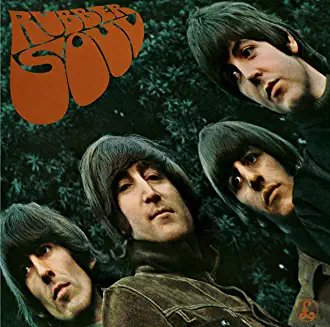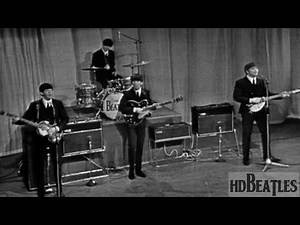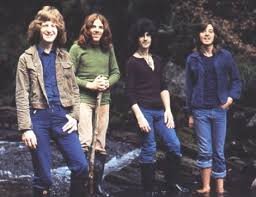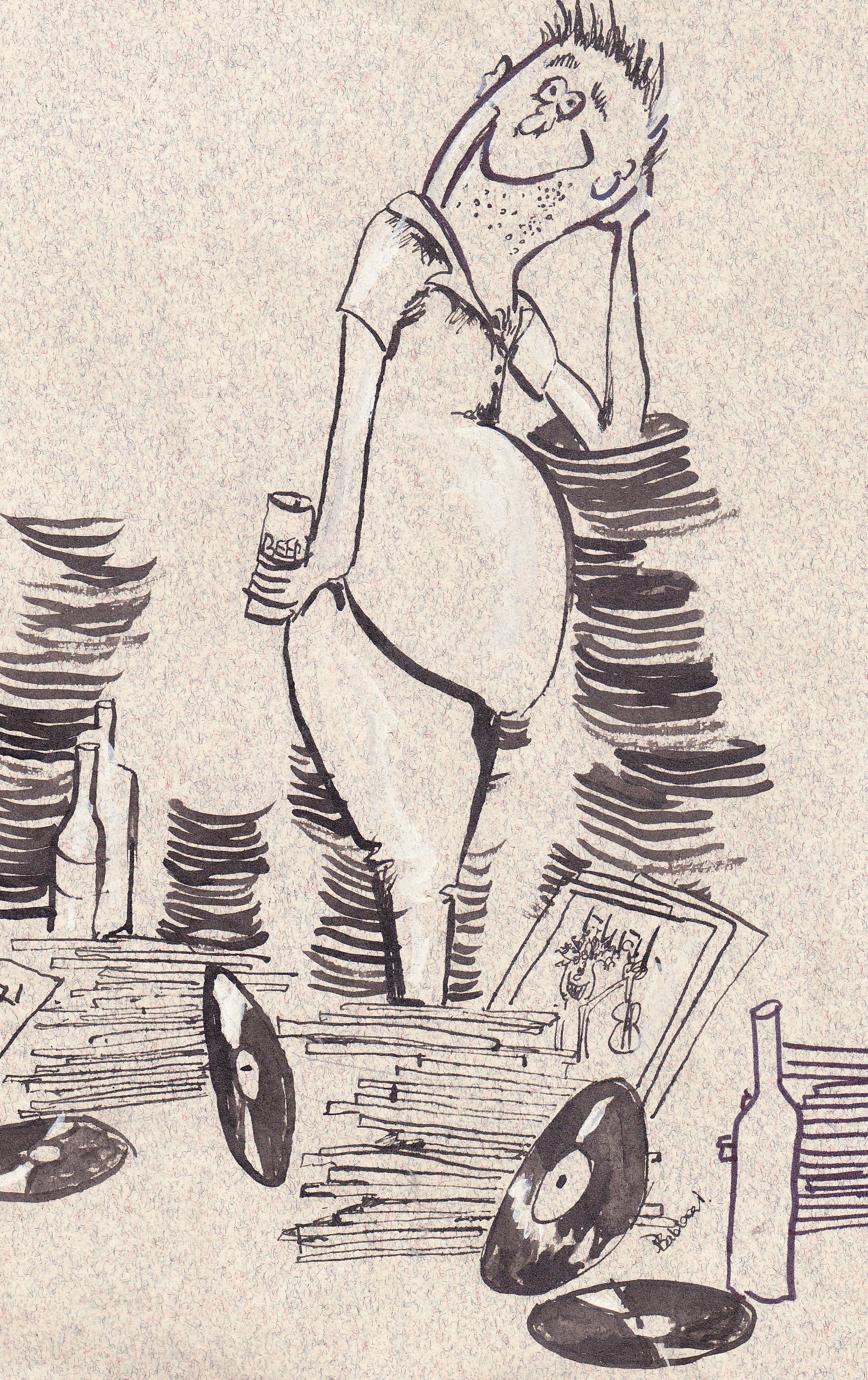Cliffs Vinyl Blog
The Beatles "REVOLVER" Turned 60 December 3!
 "
"
It was the Beatles 6th album, coming out just 4 months after the “Help” album. How did they knock out so many great songs so quickly? During that time the band had toured the USA and Canada, including the record-breaking Shae Stadium concert. For me, this was the album that impressed me most. I remember buying the album, gazing at the cover on the train on the way home from work, driving down and picking up my then girlfriend, (now my wife,,,,still!) and playing it over and over.1 sons from John and Paul, two from George one from Lennon-McCartney-Starkey. Also recorded at the same time was “Day Tripper” and “We Can Work It Out”, their 11th single. This, with the “Rubber Soull” album gave the Beatles their third consecutive No.1 single and Album for the third consecutive Christmas. Rubber Soul topped the British Charts for 9 weeks, as well as hitting No.1 in the USA, Australia,, Canada and many others countries.
Continue reading "The Beatles "REVOLVER" Turned 60 December 3!"
This Day, 1963,saw The Beatles Command Performance

Yes, November 4, 1963. This was the night of The Beatles’ famous appearance at the Royal Command Performance at the Prince of Wales Theatre in London, in the presence of the Queen Mother and Princess Margaret.
By 1963 Beatlemania was an established phenomenon, with the group drawing huge and frenzied audiences across the country and beyond. Although they were seventh on the 19-act bill on this night, they were by far the most anticipated performers to appear.
The Beatles began playing their opening song, ‘From Me To You’, before the curtains had opened. The band bowed in unison ()there now famous bow)at the end of the second song, ‘She Loves You’, after which McCartney made a nervous joke about Sophie Tucker being their “favourite American group”. They followed this with a performance of ‘Till There Was You’.Prior to finishing their set, Lennon made the now famous announcement which won over any remaining doubters and guaranteed them headlines in all the next day’s newspapers.
“For our last number I’d like to ask your help. The people in the cheaper seats clap your hands. And the rest of you, if you’d just rattle your jewellery. We’d like to sing a song called ‘Twist And Shout’”
Continue reading "This Day, 1963,saw The Beatles Command Performance"
This Day, 1963,saw The Beatles Command Performance

Yes, November 4, 1963. This was the night of The Beatles’ famous appearance at the Royal Command Performance at the Prince of Wales Theatre in London, in the presence of the Queen Mother and Princess Margaret.
By 1963 Beatlemania was an established phenomenon, with the group drawing huge and frenzied audiences across the country and beyond. Although they were seventh on the 19-act bill on this night, they were by far the most anticipated performers to appear.
The Beatles began playing their opening song, ‘From Me To You’, before the curtains had opened. The band bowed in unison ()there now famous bow)at the end of the second song, ‘She Loves You’, after which McCartney made a nervous joke about Sophie Tucker being their “favourite American group”. They followed this with a performance of ‘Till There Was You’.Prior to finishing their set, Lennon made the now famous announcement which won over any remaining doubters and guaranteed them headlines in all the next day’s newspapers.
“For our last number I’d like to ask your help. The people in the cheaper seats clap your hands. And the rest of you, if you’d just rattle your jewellery. We’d like to sing a song called ‘Twist And Shout’”
Continue reading "This Day, 1963,saw The Beatles Command Performance"
The Badfinger Influence
 Like most music fans, I first heard Badfinger when they did “Come and Get It”. This was the Paul McCartney written song featuring Tom Evans on vocals.This was followed by “No Matter What” and “Day After Day”, with George Harrison lending a hand.How good were those songs? Badfinger was one of the first Apple signings. Often accused of just being a Beatles following band, with classic harmonies, hook laden guitars and great compositions, Molland explained this was due to similar background and musical influences.Badfinger featured powerful sound, and brilliant compositions. Some of their classic songs included “Baby Blue” “Suitcase” (especially the live version)” Blodwyn”, “Better Days”, “Love Is Gonna Come at Last”, and of course “Without You”.I didn’t know this was a Ham-Evans song until I belatedly got the “No Dice” album in my record shop.Just listen to the album “Badfinger Live at the BBC” to get an idea of what a great live band they were. Unfortunately, Badfinger are also remembered for tragedy and manager exploitation.Ripped off by their manager Stan Polley, the band members were left in dire financial straits. This pressure lead to the suicide of founder members Pete Ham in 1975, and later Tom Evans in 1983.But the Badfinger legend lives on, their influence still felt today.
Like most music fans, I first heard Badfinger when they did “Come and Get It”. This was the Paul McCartney written song featuring Tom Evans on vocals.This was followed by “No Matter What” and “Day After Day”, with George Harrison lending a hand.How good were those songs? Badfinger was one of the first Apple signings. Often accused of just being a Beatles following band, with classic harmonies, hook laden guitars and great compositions, Molland explained this was due to similar background and musical influences.Badfinger featured powerful sound, and brilliant compositions. Some of their classic songs included “Baby Blue” “Suitcase” (especially the live version)” Blodwyn”, “Better Days”, “Love Is Gonna Come at Last”, and of course “Without You”.I didn’t know this was a Ham-Evans song until I belatedly got the “No Dice” album in my record shop.Just listen to the album “Badfinger Live at the BBC” to get an idea of what a great live band they were. Unfortunately, Badfinger are also remembered for tragedy and manager exploitation.Ripped off by their manager Stan Polley, the band members were left in dire financial straits. This pressure lead to the suicide of founder members Pete Ham in 1975, and later Tom Evans in 1983.But the Badfinger legend lives on, their influence still felt today.
Enjoy this site? Share with friends!
